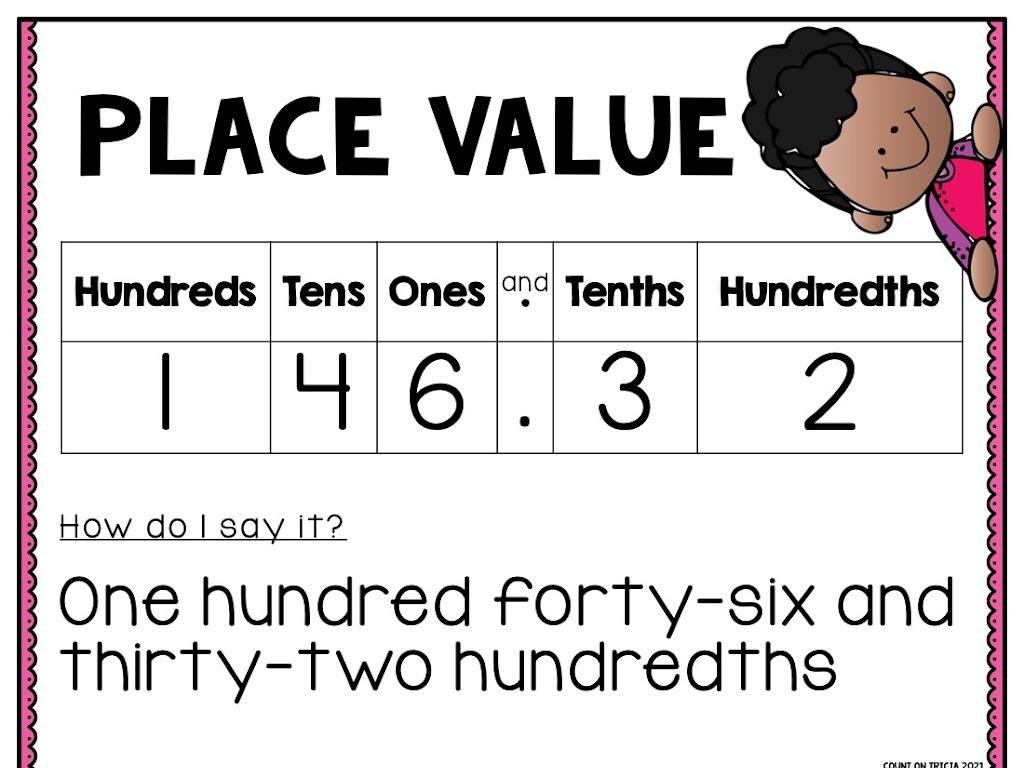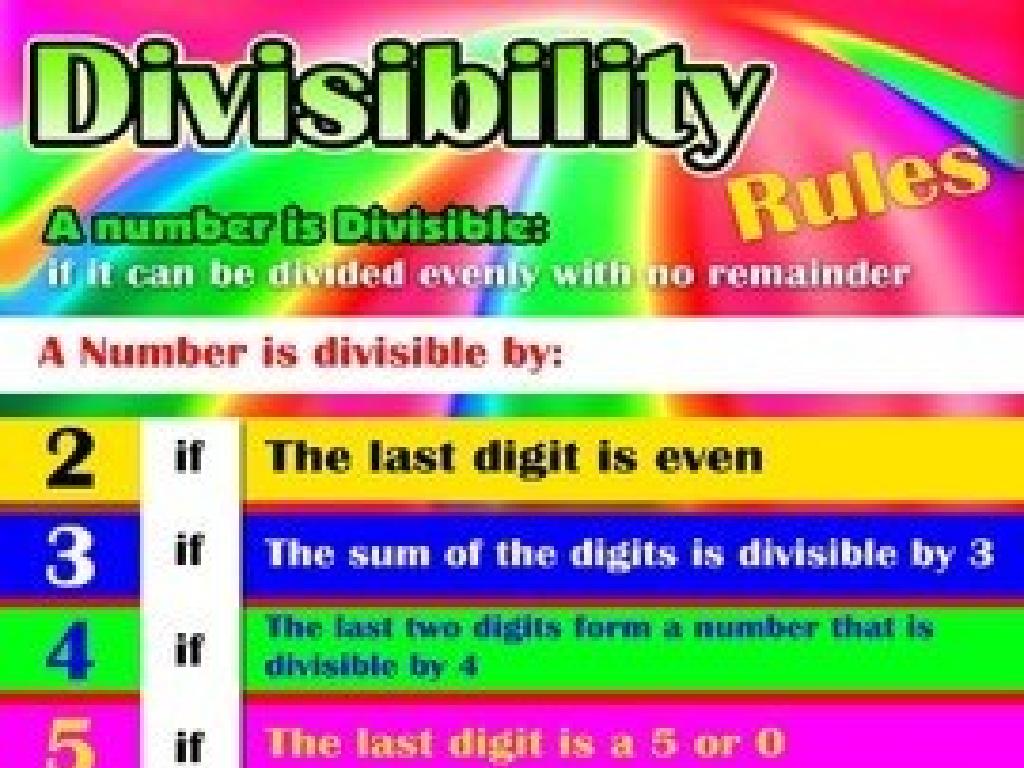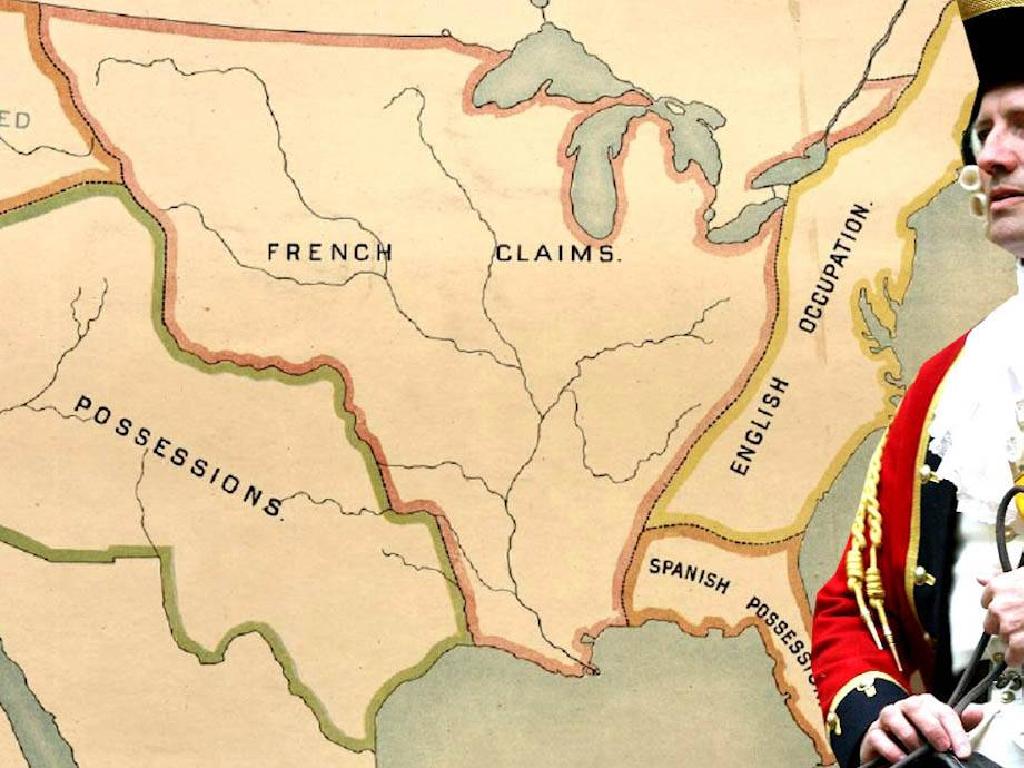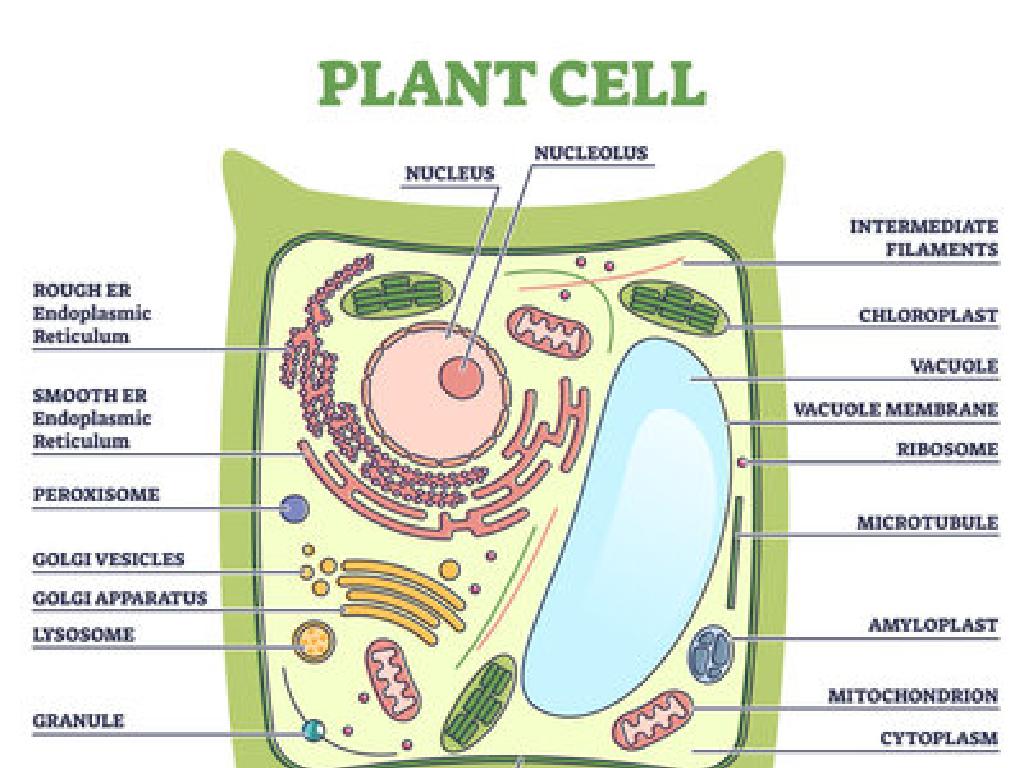Classify Changes To Earth'S Surface Ii
Subject: Science
Grade: Third grade
Topic: Earth Events
Please LOG IN to download the presentation. Access is available to registered users only.
View More Content
Exploring Earth’s Changing Surface
– Earth’s surface is always changing
– Changes can be fast or slow
– Fast changes: earthquakes, volcanoes
– Earthquakes shake the ground; volcanoes erupt with lava
– Slow changes: erosion, weathering
– Erosion is when water or wind wears rocks away; weathering is when rocks break down over time
|
This slide introduces the concept that Earth’s surface is not static but is constantly changing. Some changes happen quickly, like earthquakes that can shake the ground without warning, or volcanoes that erupt and spew lava. Other changes happen slowly over time, such as erosion, where water or wind gradually wears rocks away, or weathering, where rocks are broken down by the effects of weather. Encourage students to think of examples they may have seen or heard about, and prepare to discuss how these changes can affect the environment and human life. Use this opportunity to set the stage for more in-depth exploration of each type of change in subsequent lessons.
Exploring Earth’s Dynamic Surface
– Earth’s surface: our home layer
– The top layer of Earth where all living things exist.
– Includes mountains, valleys, plains
– Examples: Mount Everest (mountain), Grand Canyon (valley), Great Plains (plains).
– Constantly changed by events
– Changes happen because of weather, water, and movements inside Earth.
– Earth’s surface is never still
|
This slide introduces students to the concept of Earth’s surface, emphasizing that it’s the layer we live on and includes various landforms. Highlight that the surface is dynamic, undergoing constant changes due to natural events such as weather, erosion, volcanic eruptions, and earthquakes. Use familiar examples of landforms to help students visualize the surface. Explain that these changes can be slow, like the formation of mountains, or fast, like landslides. Encourage students to think about how the landscape around their own community might have changed over time.
Fast Changes: Earthquakes
– Earthquakes shake the ground
– Caused by crust movement
– Earth’s crust is made of pieces that move
– Earth’s surface changes
– Cracks and shakes can change landscapes
– Watch an earthquake video
– Visual example of earthquake effects
|
This slide introduces the concept of earthquakes as a fast change to Earth’s surface. Explain that earthquakes are natural events where the ground shakes, often causing cracks and other changes to the landscape. They occur due to the sudden movement of the Earth’s crust, which is made up of large pieces called tectonic plates. Show a child-friendly video that illustrates how an earthquake occurs and its effects on the Earth’s surface. After the video, discuss with the class what they observed and how such changes can impact the environment and people’s lives. Ensure the video is appropriate for the third-grade level, focusing on educational content rather than potentially frightening or distressing imagery.
Slow Changes to Earth: Erosion
– Erosion wears away Earth’s surface
– Like sandcastles being washed away by waves
– Caused by water, wind, and ice
– Rivers carving canyons, wind shaping rocks
– Erosion changes landscapes
– Mountains becoming hills, valleys getting deeper
– Observe erosion in pictures
– Look at before and after photos of places
|
Erosion is a slow change that happens over many years. It’s like when you see a sandcastle being slowly washed away by the ocean waves. This slide explains how natural elements like water, wind, and ice can gradually wear down rocks and soil, changing the shape of the Earth’s surface. Show students pictures of landscapes before and after erosion to help them visualize the process. Examples can include canyons formed by rivers, rock formations shaped by wind, and valleys deepened by glaciers. Encourage students to think about how these changes might affect the environment and people living in these areas.
Human Impact on Earth’s Surface
– How building changes the land
– Farming’s effect on Earth
– Deforestation and construction
– Cutting trees for space, building homes, roads
– Positive & negative changes
– Farming can enrich soil, but deforestation can harm habitats
|
This slide aims to educate third-grade students on the various ways humans impact Earth’s surface. Highlight how construction and farming activities alter the land, such as changing the landscape to build homes, roads, and other structures. Discuss deforestation as a significant change, where trees are removed for space or resources, leading to habitat loss and changes in the ecosystem. Emphasize that human activities can have both beneficial and detrimental effects. For example, farming can improve soil fertility, but it can also lead to erosion if not managed sustainably. Encourage students to think about how these activities affect their local environment and what actions can be taken to minimize negative impacts.
Protecting Our Planet
– Actions to protect Earth’s surface
– Plant trees, conserve areas
– Trees prevent soil erosion, conserve areas provide habitats
– Ways to help at home
– Recycling, using less water, and picking up litter
– Ways to help at school
– Starting a school garden, recycling programs, and energy-saving projects
|
This slide aims to educate third-grade students on the importance of taking care of Earth’s surface. Emphasize that every small action counts towards protecting our planet. Discuss how planting trees can prevent soil erosion and how conserving natural areas helps maintain biodiversity. Encourage students to think of simple ways they can help at home, like recycling and saving water. At school, they can participate in or start initiatives like a school garden, which teaches about plant growth and responsibility. Engage the class in a brainstorming session to come up with more ideas they can implement in their daily lives.
Class Activity: Modeling Earth’s Changes
– Create models of Earth’s surface
– Use clay or playdough for landforms
– Mountains, valleys, plains can be shaped
– Demonstrate an earthquake or erosion
– Simulate shaking for earthquakes, water for erosion
– Discuss the changes observed
|
This hands-on activity is designed to help students understand the dynamic nature of Earth’s surface. Provide clay or playdough for students to create various landforms such as mountains, valleys, and plains. Then, have them simulate an earthquake by gently shaking their model to observe the effects on the landforms. Alternatively, they can use water to model erosion. Encourage creativity and discussion about the processes that shape our planet. Possible activities: 1) Building a mountain range and simulating erosion with water, 2) Creating a fault line and demonstrating an earthquake, 3) Modeling a river and showing how it changes course over time, 4) Simulating a volcanic eruption with baking soda and vinegar, 5) Demonstrating the formation of a canyon through water erosion.
Protecting Earth: Our Role
– Earth’s surface changes over time
– Changes can be fast or slow
– Fast: earthquakes, volcanoes. Slow: erosion, weathering
– Our responsibility to Earth
– Being informed, caring for environment
– Ways to protect our planet
– Recycle, save water, plant trees
|
This slide wraps up the lesson on Earth’s surface changes by summarizing the key points: Earth’s surface is dynamic and changes through both rapid events like earthquakes and volcanoes, and gradual processes like erosion and weathering. Emphasize the importance of understanding these changes to foster a sense of responsibility in students towards the environment. Encourage them to think of ways they can help protect our planet, such as recycling, conserving water, and planting trees. This conclusion slide aims to inspire students to be proactive in their environmental stewardship and to recognize the impact of their actions on the planet.






